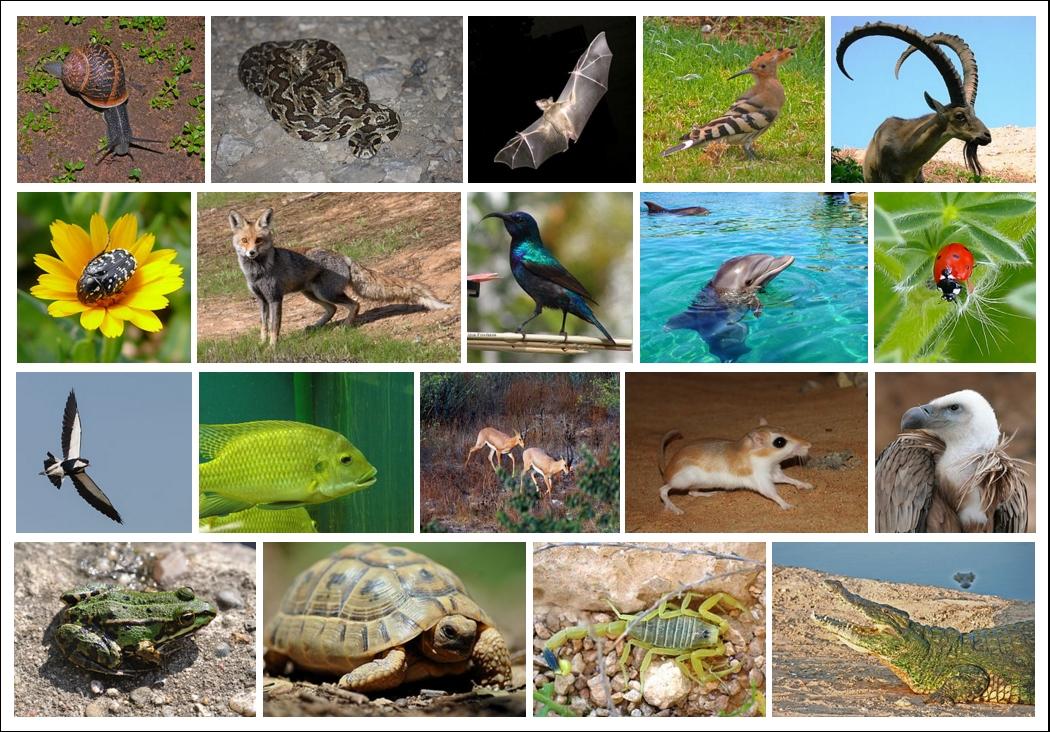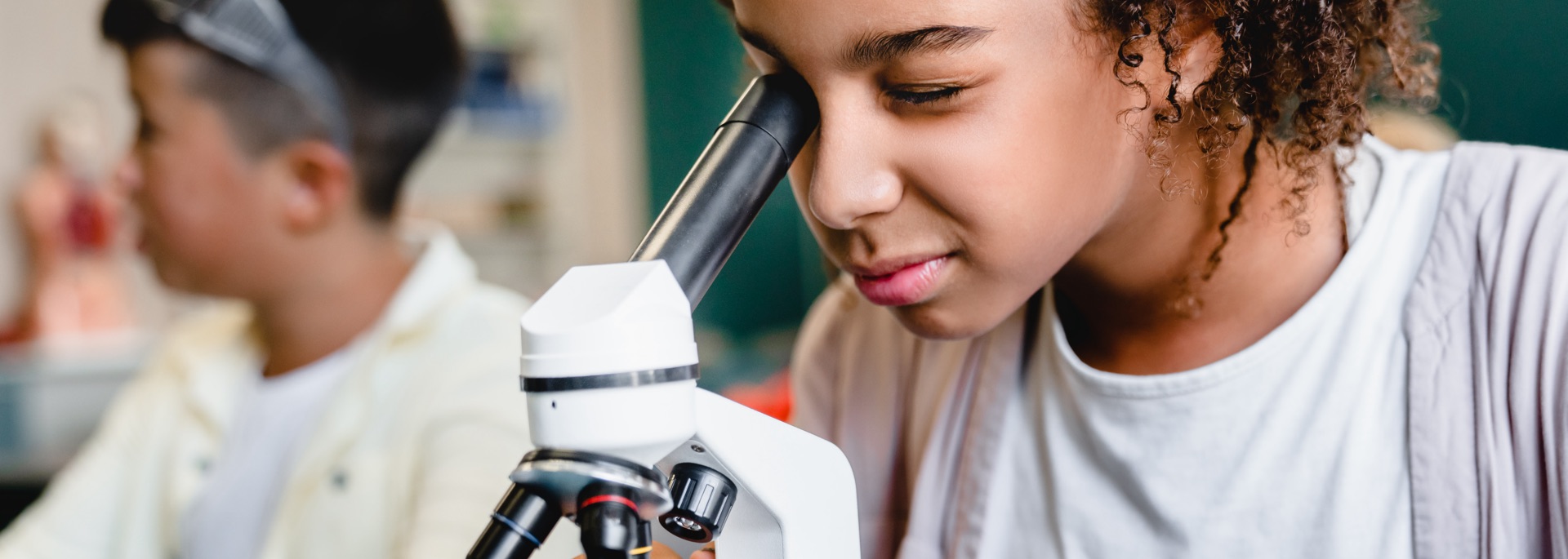Grades:
5th Grade
Students will begin designing a container to keep and egg safe when dropped from various heights. As they begin the lesson, students will watch a video and discuss science and engineering practices
Grades:
5th Grade
In this engaging lesson, students work together to design a water filtration system to separate pollutants from water. This lesson takes about 120 minutes to complete. Various resources are included!
Grades:
7th Grade
Students will learn the parts of the microscope, how to calculate the magnification, how to focus the microscope, as well as draw what they see in the field of view. Students will also write their
Featured
Flying High: Airplane Design
Grades:
5th Grade
In this engaging lesson, students explore the forces of flight and use the Engineering Design Process to improve the flight times and distance traveled with a paper airplane. Resources are included
Grades:
7th Grade
The lesson gives an introduction to ASCII as part of a set of lessons that introduces computer science. Students learn what a computer can understand and create a bracelet in this introduction to
Grades:
5th Grade
In this lesson there is an emphasis on explaining how magnets have a force that can move other objects at a distance. Students will first watch a video in which they will be amazed by some magnetic
Grades:
3rd Grade, 4th Grade, 5th Grade, 6th Grade
Students discover kite-making in this hands-on lesson! They create a kite with a variety of materials and test out the final product. This lesson can be adapted to fit different grade levels.
Grades:
4th Grade, 5th Grade, 6th Grade
This lesson plan includes ideas and materials centered on Mark Kelly's book Mousetronaut. The students will be discussing gravity and listening to the book. They will then be participating in an
Grades:
5th Grade
In this lesson students are going to learn that our solar system is part of many galaxies within our universe. The materials needed are paper plates, color pencils, scissors, paper, pencils, and iPad
Grades:
5th Grade
Students experience the process of creating a whole elevator-shaft design complete with a car and a pulley system. They will experience an integrated STEAM lesson with combined content from Science
Grades:
4th Grade, 5th Grade
In this hands-on lesson, students design a safety device (car/seatbelt) that can keep an egg (passenger) safe during a collision. The goal is to protect the egg from cracking during a roll down a ramp
Grades:
4th Grade, 5th Grade
Students will be working with creating series and parallel circuits. Students will gain an understanding of the components used to create circuits and how circuits function in our everyday lives.
Grades:
5th Grade
Summary: This lesson is a precursor to subsequent lessons comparing how garden growing techniques determine plant growth/production. Students will be activating prior knowledge in the life sciences
Featured
Messin' with Mixtures
Grades:
6th Grade, 7th Grade, 8th Grade
In this lesson, students will investigate the properties of a mixture, as if it were a contaminated soil sample near a stream. This activity will show students that heterogeneous mixtures can be
Grades:
7th Grade
This is Task 2 (Lesson 2) of four tasks (lessons) of an overall project of “Escaping 7th Grade Science Room.” Students will be constructing Pangea with their group after reviewing the concepts.
Grades:
5th Grade
Can a water fountain be solar powered? YES! In this engaging lesson, students will engineer a solar powered water fountain to show how energy transformed and transferred throughout their system. Each
Grades:
5th Grade, 6th Grade, 7th Grade, 8th Grade
Students learn how to identify the 3 axes an aircraft uses while in flight in this lesson. They learn key vocabulary and construct a model airplane to develop further understanding of flight!
Grades:
5th Grade
Students gain a deeper understanding of the concepts of balanced and unbalanced forces in this lesson. They will be able to identify the effects that balanced and unbalanced forces have on the motion
Grades:
5th Grade
In this lesson, students will be able to analyze and communicate evidence of the effects of balanced and unbalanced forces on the motion of objects. They conduct research to provide evidence of the
Grades:
5th Grade
After watching a video of the space station, students will design and build a model space station containing certain requirements. Students will use scale in order to create a blue print and then
Grades:
5th Grade
This hands-on lesson covers balanced and unbalanced forces. Students use the skills they have already been taught to apply them to a real-world situation involving rockets. You will need 500mL bottles
Grades:
6th Grade, 7th Grade, 8th Grade
Students will create their own cookie cutters to fill a custom order in their bakery. They will need access to 3D design software like Tinkercad and access to a 3D printer. It's even more fun when you
Grades:
7th Grade
In this interactive lesson, students take three days to create a maze using Gravitrax kits and pieces. Students then use their maze to create a model and explain where they see Newton's Laws of Motion
Grades:
7th Grade
This is Task 1 (Lesson 1) of four tasks (lessons) of an overall project of “Escaping 7th Grade Science Room.” Students will be constructing a mini zip-line after reviewing concepts. Students will
Featured Lesson Plans
Check out these notable lesson plans.

Featured
Animal Classification: Lesson 2
Grades:
1st Grade
This is lesson 2 of the Life Science Unit. Students learn about animal classifications. Links to all lessons and optional fiction read-alouds, picture sorts, STEM hands-on activities, journal prompts

Featured
Animals and Resources: Lesson 1
Grades:
1st Grade
This is lesson 1 of the Life Science Unit. Links to all lessons included! In this lesson, students engineer a bird feeder to help birds access resources to survive. Optional fiction read-alouds

Grades:
6th Grade
In this lesson students use a picture book to look for cause and effect relationships between biotic and abiotic factors in an ecosystems using systems thinking strategies. Students create a
